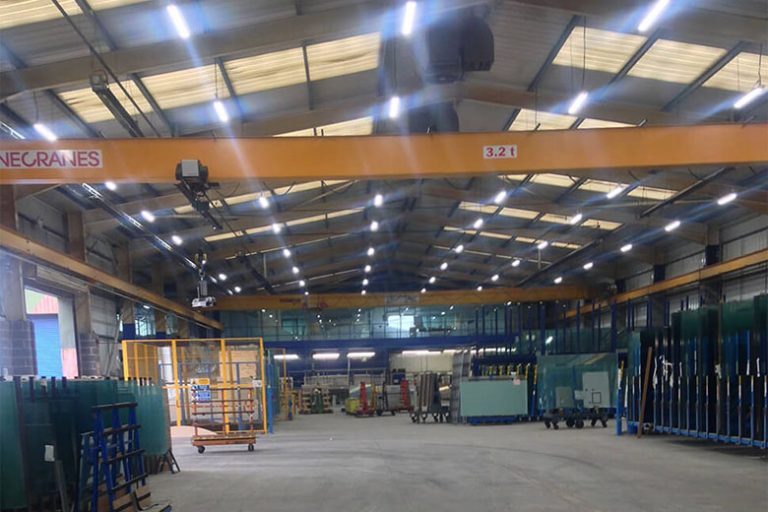do led street lights affect plant growth
We need to understand the relationship between LED lights and plant growth. The growth of plants cannot be separated from light, and the intensity, duration, and wavelength of light can all affect plant growth. LED lights have advantages such as high brightness, low energy consumption, and long lifespan. However, compared with traditional incandescent and energy-saving lamps, their spectral characteristics are different. Therefore, this raises a question: Will the spectral characteristics of LED lights affect plant growth?
Table of Contents
indoor vapor tight fixtures factory
To answer this question, scientists conducted a series of studies. They selected several common urban road plants, such as roadside trees, lawn grass, etc., and placed them under different types and intensities of LED street lights to observe their growth. The results show that LED street lights do have a certain impact on plant growth.
The spectral characteristics of LED street lights have an impact on plant growth. Research has found that plants have selective absorption of spectra. Different wavelengths of light have different effects on plant photosynthesis, nutrient absorption, and other aspects. There are some differences in the spectral characteristics of LED lights compared to natural light. For example, the proportion of blue and red light in LED lights is higher, while the proportion of green light is lower. This spectral characteristic may affect the photosynthetic efficiency of plants.
The intensity of LED street lights also affects the growth of plants. Research has found that either too strong or too weak light can have adverse effects on plant growth. Excessive light exposure may lead to excessive photosynthesis in plants, consuming excessive energy and thus affecting plant growth; However, too weak light may not meet the photosynthesis needs of plants, leading to slow plant growth.
The illumination time of LED street lights also has a certain impact on the growth of plants. Research has found that plant growth is influenced by the ratio of light time to dark time. If the lighting time is too long, it may lead to excessive photosynthesis in plants, consuming too much energy; If the dark time is too long, it may lead to insufficient photosynthesis of plants, affecting their growth.
international suppliers of advanced lighting solutions
What insights do these research findings have for us? Firstly, we need to recognize that although LED lights have many advantages in lighting, they are not suitable for all environments. In some special environments, such as urban roads, parks, etc., the use of LED street lights may affect the growth of surrounding plants. Therefore, in these places, we need to carefully consider whether to use LED street lights.
We need to further study how to optimize the spectral characteristics and light intensity of LED lights to reduce their impact on plant growth. For example, we can optimize the spectral characteristics of LED lights by changing their light source type and increasing the green light ratio; We can also meet the photosynthesis needs of plants by adjusting the light intensity and irradiation time of LED lights.
LED street lights do have a certain impact on the growth of plants. However, this does not mean that we cannot use LED street lights. On the contrary, through scientific research and management, we can fully utilize the advantages of LED lights while reducing their impact on plant growth. In the future, we have reason to believe that LED lights will play a greater role in lighting and environmental protection.

